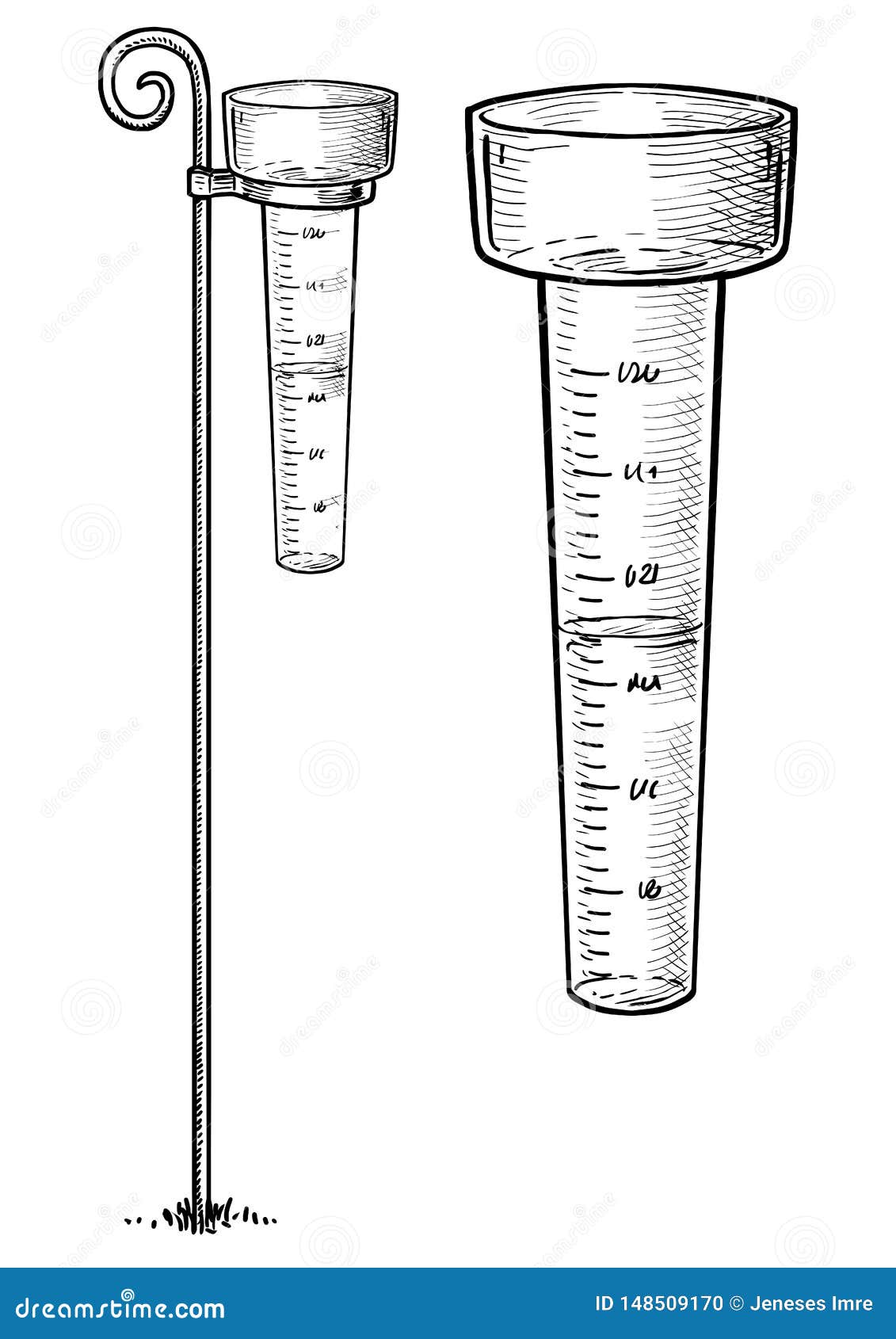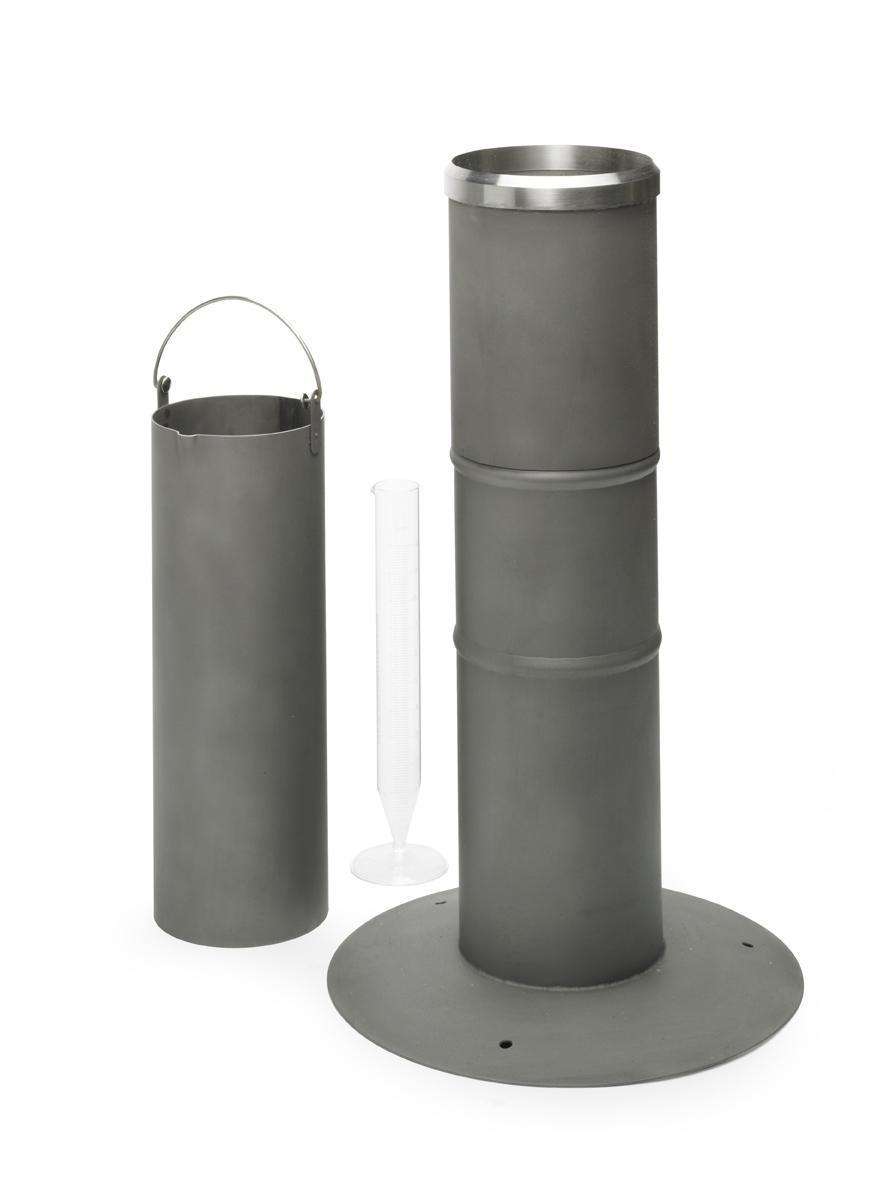How a Rain Gauge Can Improve Your Understanding of Local Environment Patterns
How a Rain Gauge Can Improve Your Understanding of Local Environment Patterns
Blog Article
Unveiling the Science Behind Rain Gauges: Exactly How These Devices Play an Important Duty in Climate Research Study and Environmental Monitoring
Rainfall evaluates, relatively straightforward gadgets, hold a profound importance in the world of climate research and ecological tracking. As we peel back the layers of this scientific veil surrounding rain gauges, we reveal a world where accuracy, data accuracy, and precise observation assemble to reveal a deeper understanding of our transforming climate and its influence on the planet.
Significance of Rain Gauges
Rain evaluates play a crucial duty in surveillance and gauging precipitation degrees, providing essential data for climate research study and analysis. These devices are fundamental in quantifying the quantity of rainfall that occurs in a particular location over a certain duration. By measuring and accumulating rain, rain assesses offer beneficial understandings into the circulation and intensity of rainfall, assisting meteorologists, hydrologists, and climatologists in recognizing weather condition patterns and trends.
In addition, long-lasting data accumulated from rainfall assesses assists in evaluating climate adjustment effects and patterns, contributing significantly to scientific research and decision-making processes. In significance, rain determines offer as essential devices in the field of meteorology and environmental scientific research, playing a crucial function in progressing our understanding of climate and environment characteristics.
Kinds of Rain Gauges

Capability and Operation
In the world of climate research and meteorological studies, the effectiveness of rainfall evaluates hinge on their elaborate capability and precise functional devices. Rainfall determines are developed to precisely measure the amount of precipitation that tips over a specific location during a collection duration. These devices normally are composed of a channel that collects rain and networks it right into a measuring tube. The measuring tube is noted with adjusted dimensions that enable the specific quantification of rainfall.
The capability of rainfall assesses is based upon the concept of accumulating and gauging rainwater in a standard manner. This gathered information is important for understanding local climate patterns, tracking lasting climate trends, and assessing environmental impacts. To make sure precise dimensions, rain determines need to be tactically positioned in open locations away from blockages such as buildings or trees that can hinder the collection procedure.
The operational aspect of rain determines involves regular maintenance to stop particles accumulation, calibration checks to maintain measurement precision, and information videotaping Website for evaluation (rain gauge). Overall, the capability and operation of rain evaluates are necessary for gathering trusted rainfall data important to climate research study and environmental tracking
Duty in Climate Research Study
Given the important value of accurate rainfall measurements in understanding climate patterns and ecological impacts, the duty of rainfall assesses in climate study is vital. Rain evaluates provide important data for climate research by evaluating the amount of rainfall that falls over a details area throughout check my blog a given duration. This information is vital for keeping track of long-term patterns in precipitation patterns, analyzing the impact of climate change on rains circulation, and enhancing climate versions.

Climate researchers make use of data gathered from rain assesses to analyze variations in precipitation levels, identify regional climate trends, and assess the efficiency of water source monitoring methods. By comparing historical precipitation data with present dimensions, scientists can discover changes in rainfall patterns, such as modifications in the frequency or intensity of rains events. This details is crucial for recognizing exactly how climate modification is influencing rainfall characteristics and can aid policymakers make notified decisions regarding adjustment and mitigation approaches.
Applications in Environmental Surveillance

In flooding forecasting, rain gauge information helps to track rainfall intensity and circulation, enabling authorities to issue timely cautions and take required procedures to mitigate flooding risks (rain gauge). Dry spell tracking relies upon rainfall scale data to assess moisture degrees in the soil and track rainfall deficits, helping in the recognition of drought-prone areas and the execution of drought feedback methods
Moreover, rainfall scale data plays an essential function in water resource monitoring by providing info on water schedule and usage trends. Furthermore, in farming, rain scale information helps farmers in optimizing watering timetables, plant selection, and general farm administration methods based on regional rainfall patterns.
Conclusion
Finally, rain determines are crucial tools for determining precipitation, offering important data for environment research and ecological surveillance. With different kinds and performances, rain determines play an essential duty in comprehending rainfall patterns and their influence on the atmosphere. By accurately measuring rainfall, these tools add to the innovation of scientific understanding and aid in making notified decisions relevant to water source monitoring and calamity readiness.
Rain gauges play an important role in monitoring and measuring precipitation degrees, supplying necessary information for climate research and evaluation. The standard rainfall special info gauge, recognized as the "tipping container" scale, is one of the most commonly utilized gadgets. Ultrasonic rain gauges use noise waves to detect the presence of rainfall, offering real-time data on rainfall levels.Environment researchers make use of information collected from rain evaluates to assess variants in precipitation degrees, determine regional climate patterns, and review the performance of water source administration methods.In conclusion, rain determines are vital devices for determining rainfall, giving valuable information for climate research and environmental surveillance.
Report this page